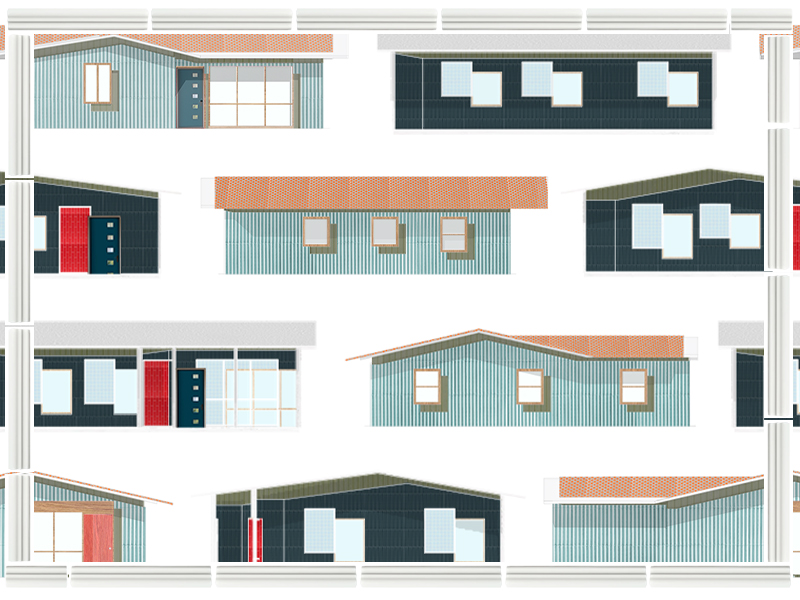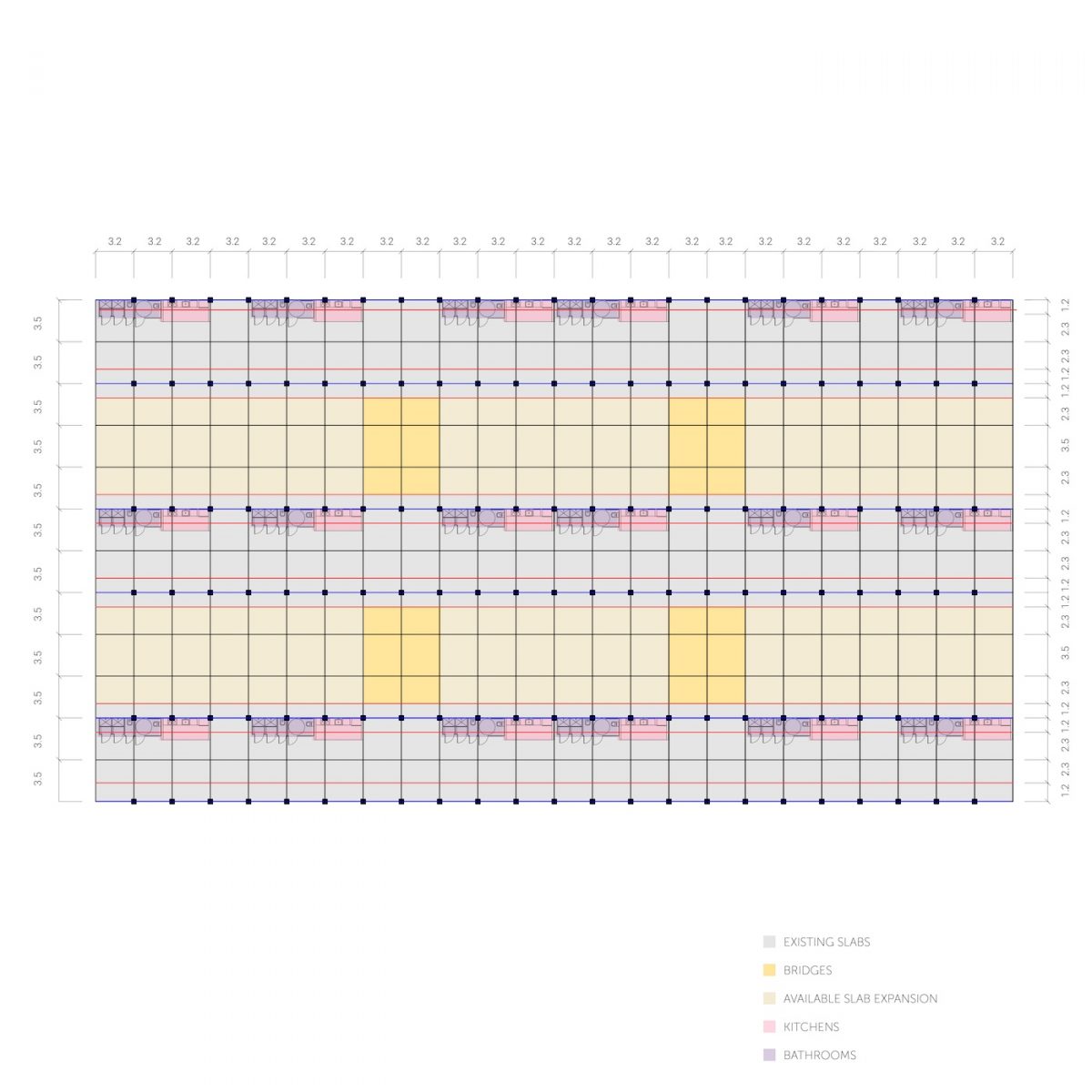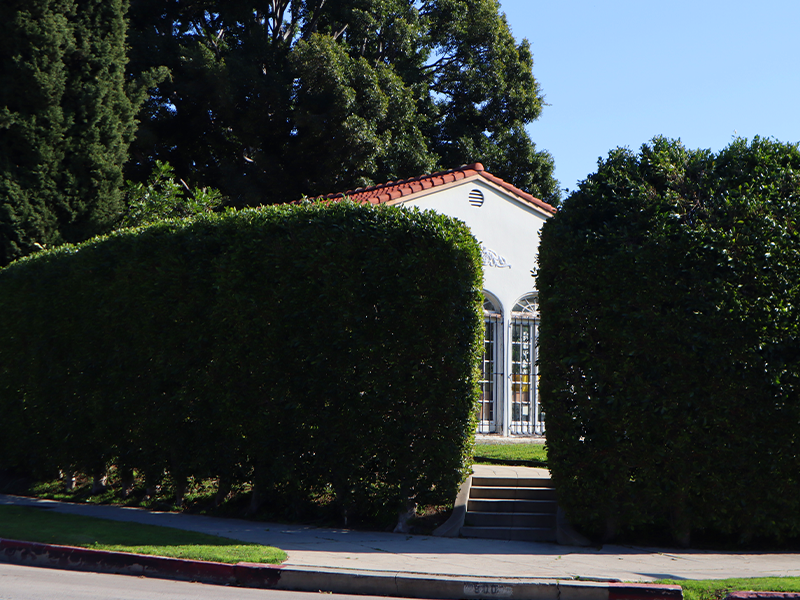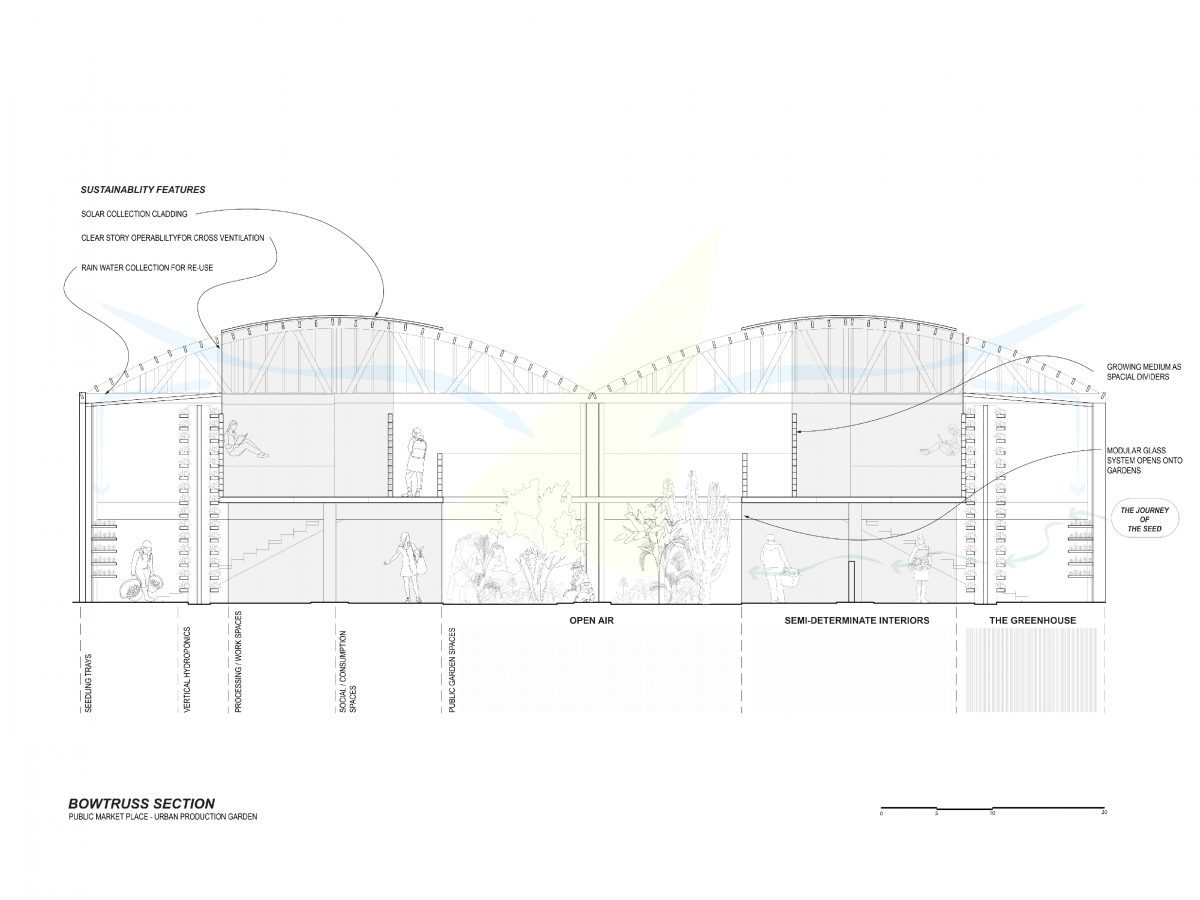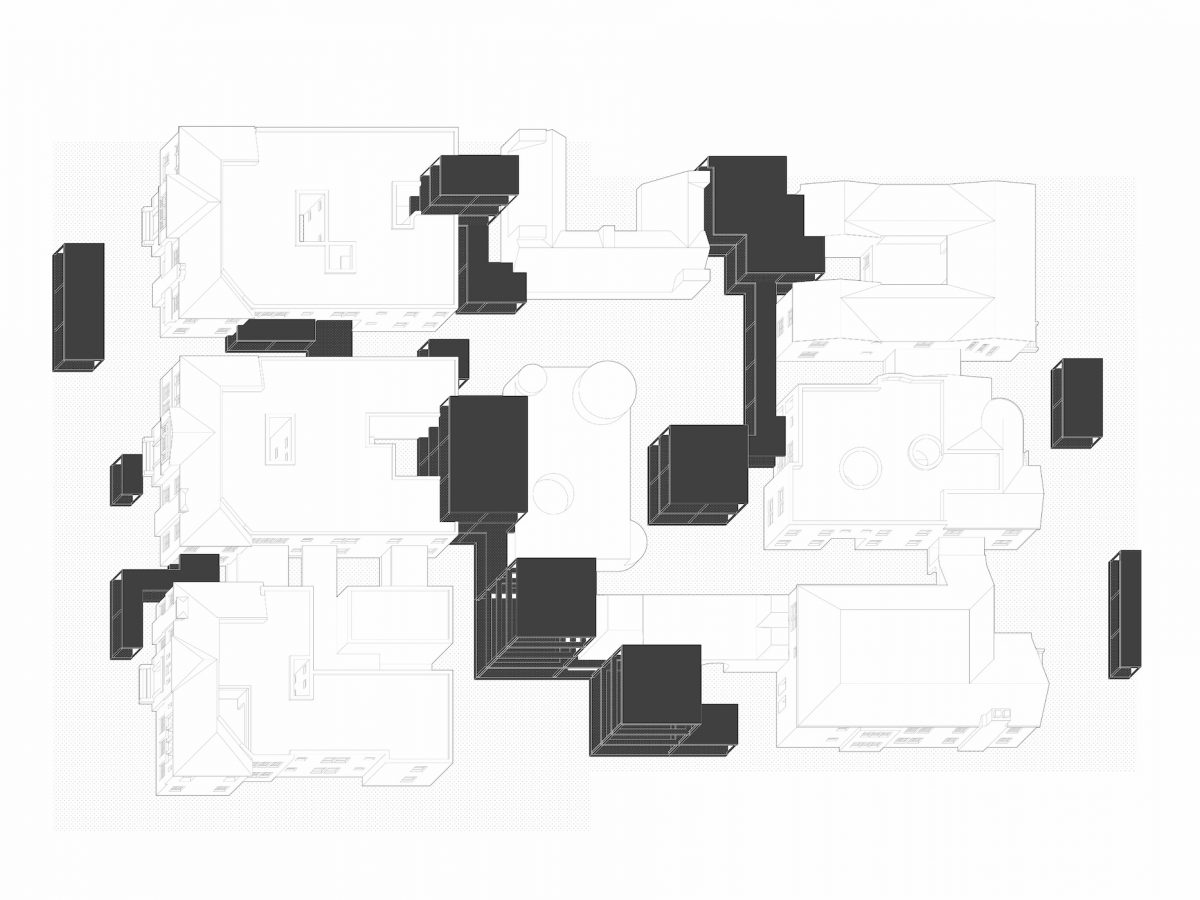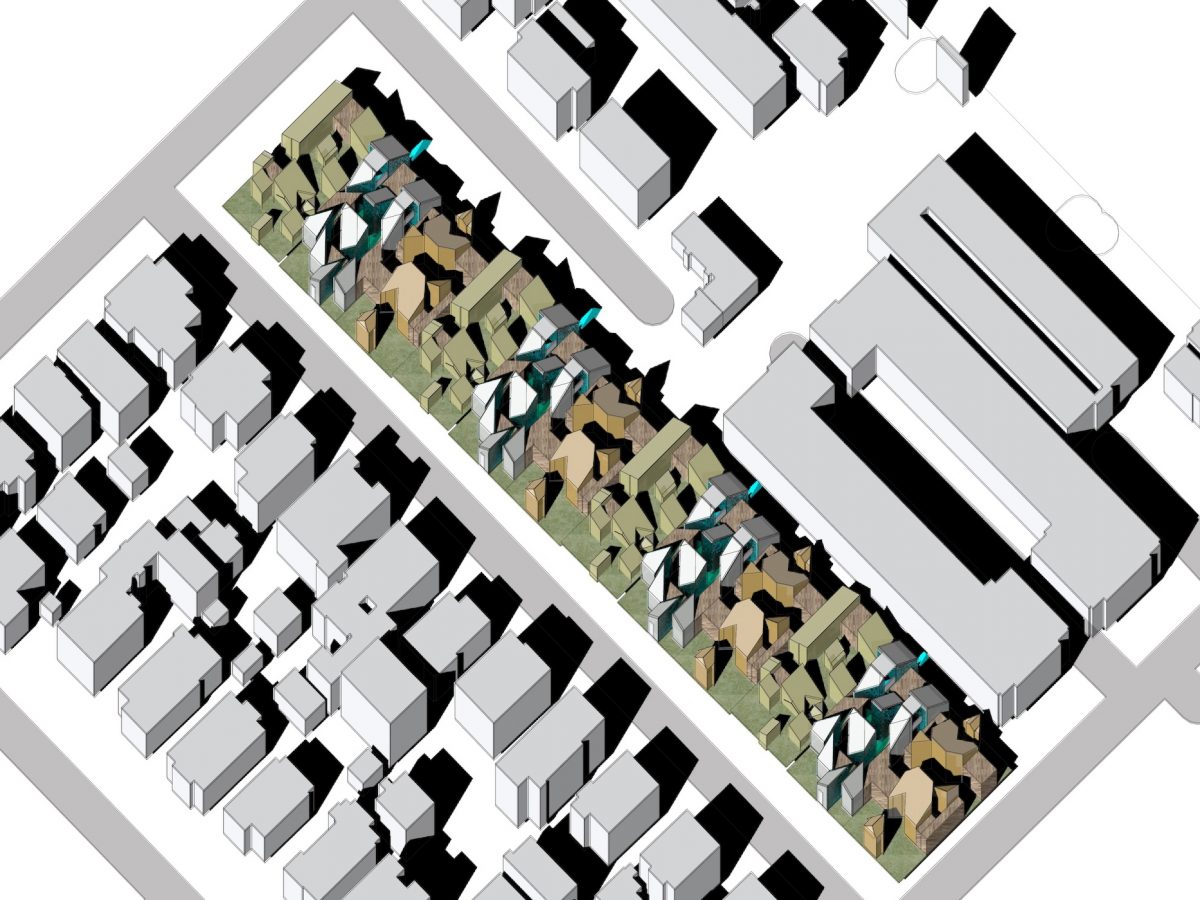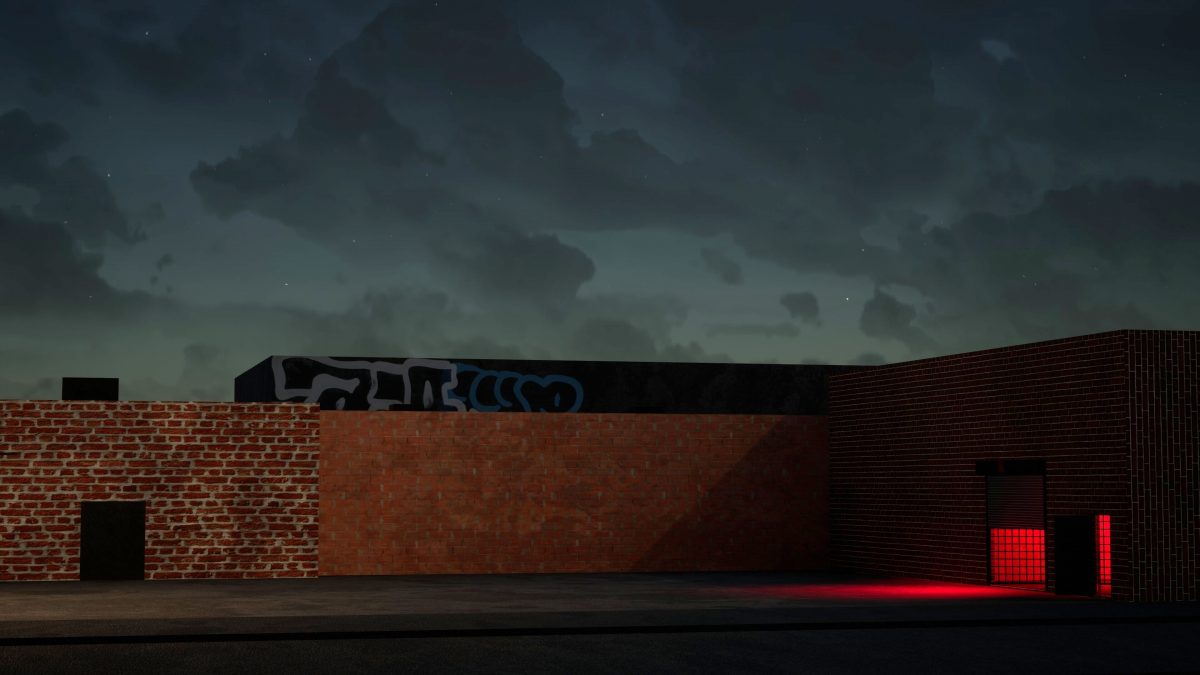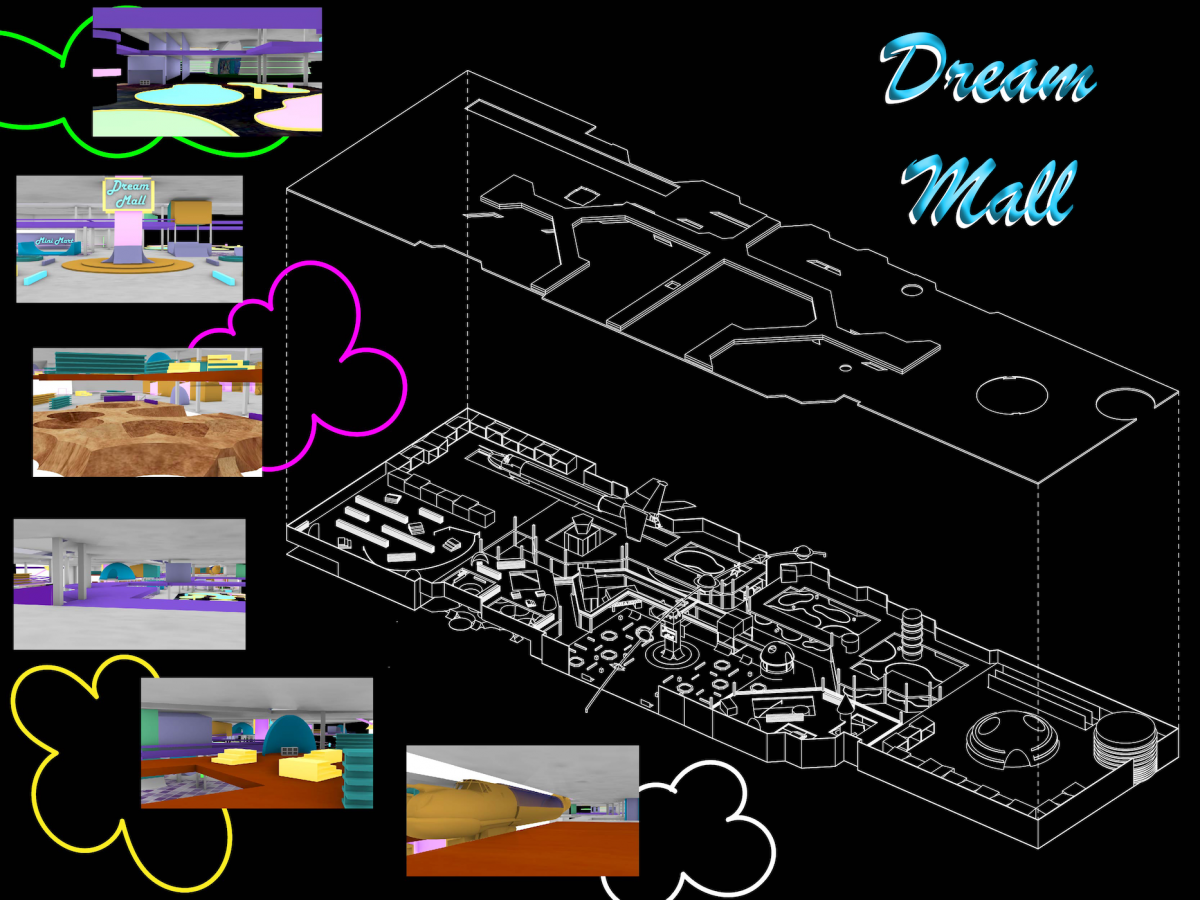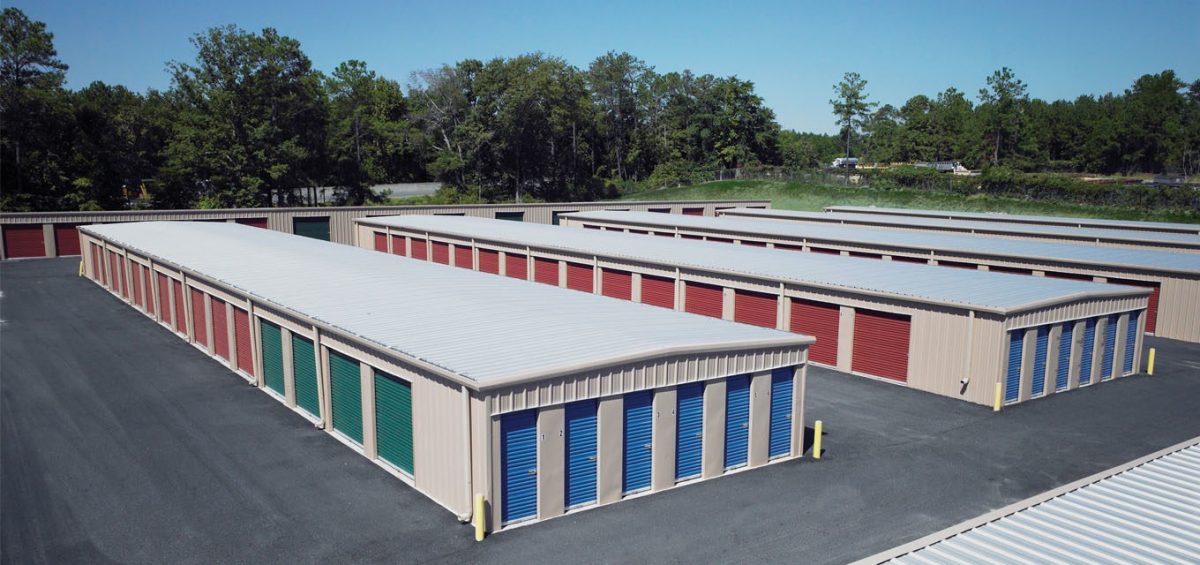This thesis critiques the progressive loss of identity and growing uniformity in contemporary cities by reimagining the high-rise typology as pieces of cultural infrastructure rather than as merely high-density buildings. Drawing inspiration from Richard Artschwager and other late 20th-century artists who transformed the ordinary, this thesis applies these strategies to high-rise typology through a playful lens by treating the high-rise as an object. The result is an experiment that reinterprets culturally relevant everyday objects to produce a commentary playfully conveyed through an interactive toy. It simplifies the complex issue of urban homogenization, using the familiar format of a toy to demystify architectural discourse and address the blandness that pervades urban landscapes as a result of the high-rise typology.
Instructor: Hadrian Predock
From Density to Identity


